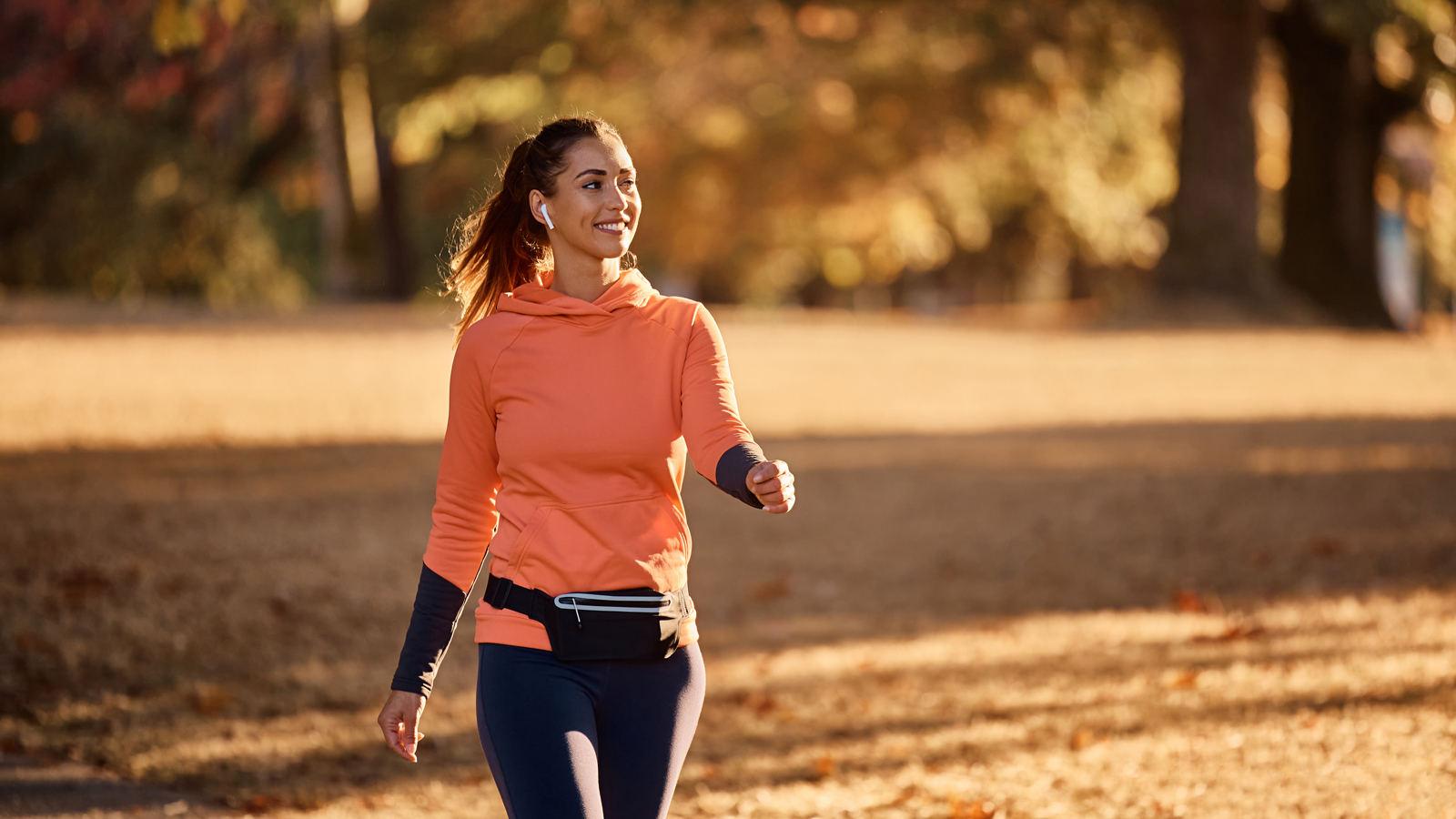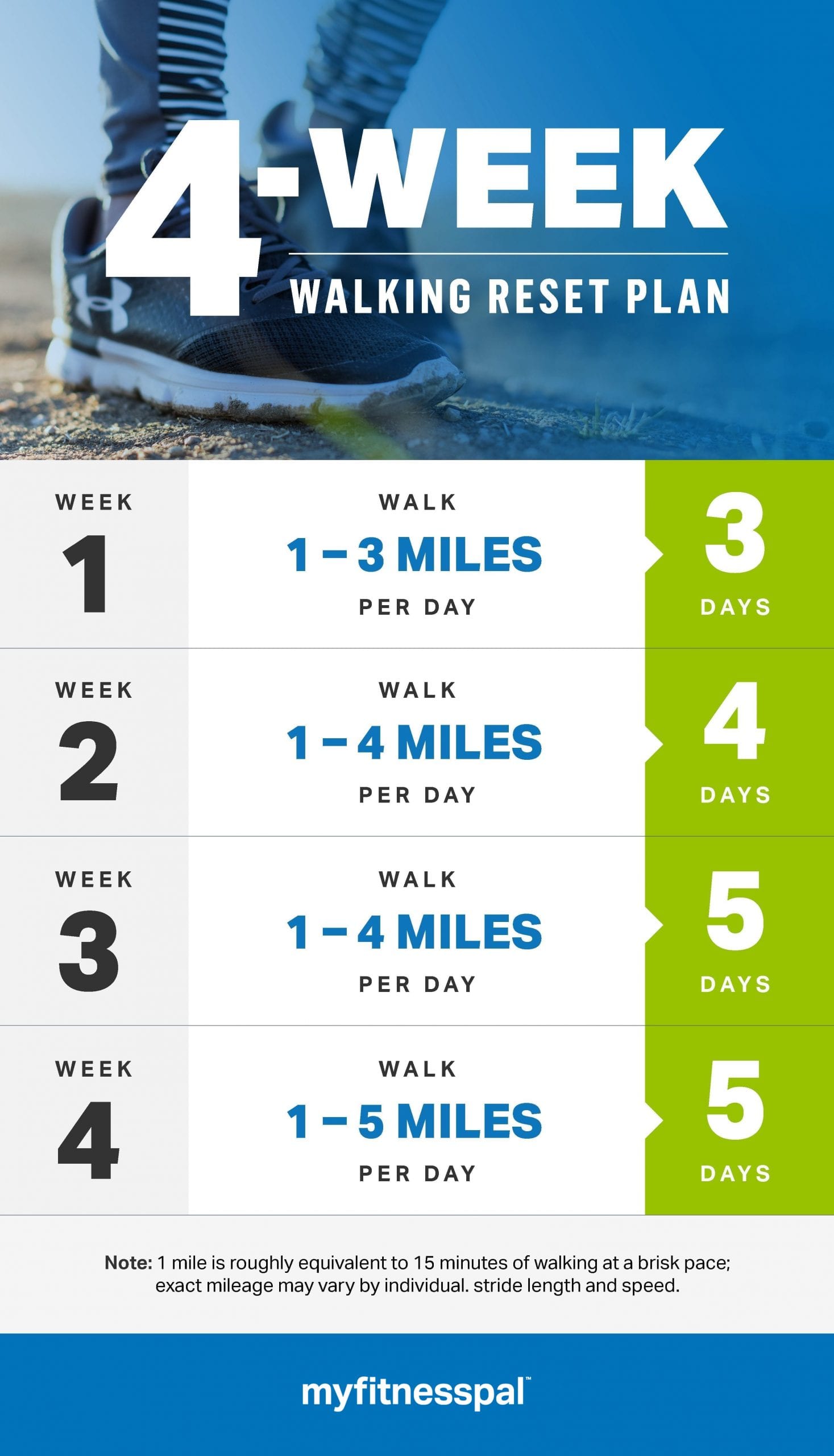

), and can be used as a means of active commuting, which may be more likely to be adopted and sustained than traditional exercise programs. It is often the activity of choice when adults are counseled to incorporate additional PA into their lives (for e.g. Walking is the most commonly reported PA among adults and is frequently cited as an example of moderate intensity exercise that adults can accumulate throughout the day in order to reach the goal of 150 minutes per week. It may more easily circumvent frequently cited barriers to exercise, such as “lack of time” and the belief that one is “not the sporty type”, than other forms of activity it has been found to promote better adherence than more intense exercise.


Walking is eminently suited to PA prescription as it requires no special skills or facilities and is achievable by virtually all age groups with little risk of injury. Health professionals are faced with the challenge of prescribing PA that will be sustained by the sedentary majority. Taken together, these tweaks can push your mile faster.Despite the documented benefits of physical activity (PA) and published activity guidelines, a large proportion of the population does not perform sufficient exercise to maintain optimal health. Other recommendations to try: wear proper footwear, take shorter strides, use your arms for acceleration and engage your core. You might calculate and track your pace by walking on a treadmill.Īs your fitness level improves, so will your walking pace. Walking a steep or uneven terrain will take longer. To keep your data reporting accurate, try to walk the same terrain for the mile each time. You can track your exertion by taking note of how you feel-how easily can you maintain a conversation during the exercise? Or by monitoring your heart rate. As a result, your average one-mile pace will improve. This means that you won't get out of breath so easily and can maintain a faster pace for longer. It is harder to maintain a higher heart rate, so you may have to adjust your pace to catch your breath.Īs your fitness level improves, you will have better cardiac output and aerobic capacity (your VO2 max). As your heart rate increases, so does your breathing rate. Watch to see how your speed increases.Īnother helpful way to track your progress is to monitor your perceived exertion, which is an indication of your heart rate. You can calculate your walking pace by using a pedometer or app that tracks step cadence. Over time, your fitness levels will improve and your one-mile time will decrease. Beginners may need to stop and start, or adjust their pace to catch their breath. For beginners, walking a mile might take more than 22 minutes. To increase your walking pace, you first need to track your progress.

The more you train your body, the better it performs. But your average speed can be improved with practice.Īs with any type of exercise, to get better, you've got to build stamina. If you walk at a more relaxed pace, are new to fitness or are older, your average mile time may be closer to 20 minutes. How long should it take to walk a mile, fast? Between 11 and 15 minutes, ideally. These walkers are physically fit and able to maintain a fast pace for one mile. Factors that affect the speed of your pace include physical fitness levels, the incline and your age.Ĭompetitive walkers, for instance, can walk an 11-minute mile, according to a 2015 study on walking groups. The average walking pace is 2.5 to 4 mph, according to the Centers for Disease Control and Prevention. Most people can expect to walk a mile in 15 to 22 minutes, according to data gathered in a 2019 study spanning five decades. For beginners, a mile may seem like a long walk, but for most it's an easily attainable goal. Aiming for a mile a day is a great way to incorporate more walking into your daily routine and to enjoy the benefits of being active.


 0 kommentar(er)
0 kommentar(er)
